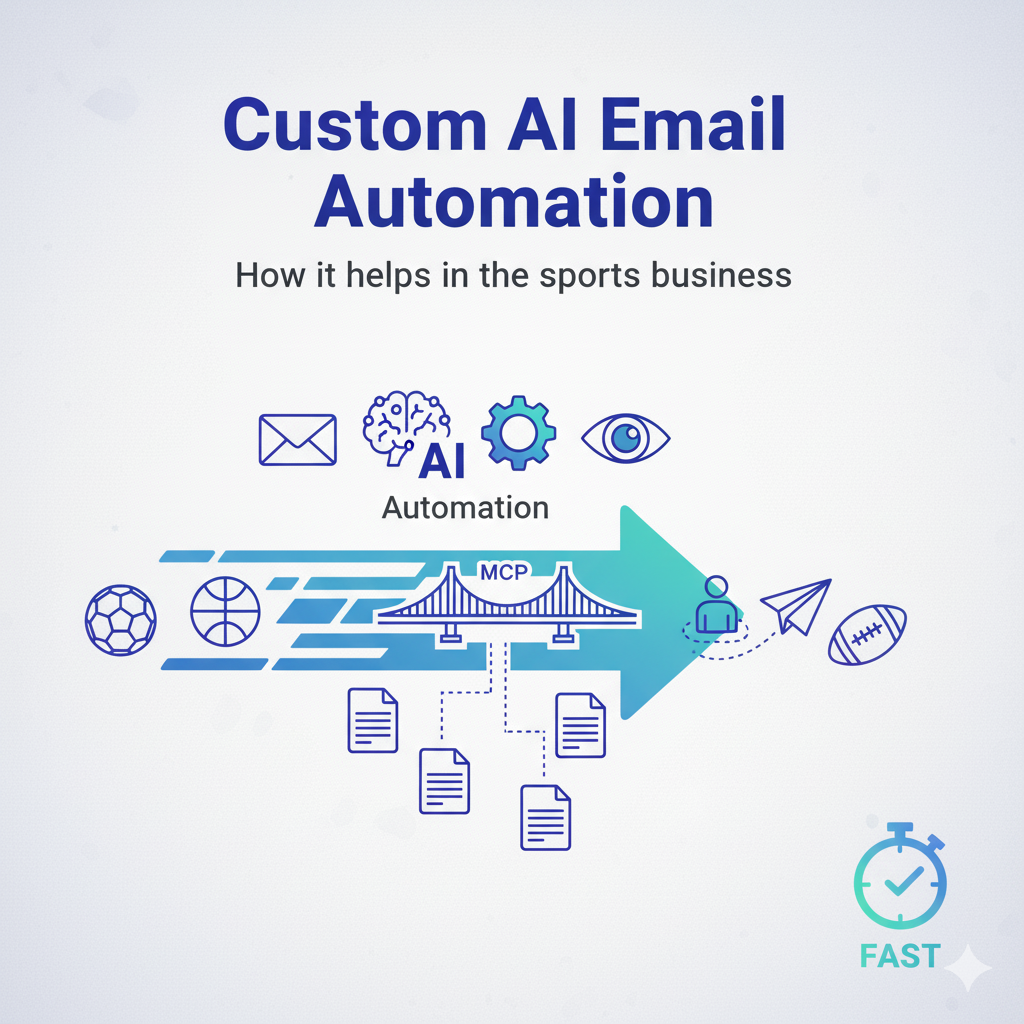Why I Built a Local Server to Run 24/7
Why I built a local server to run 24/7
I wanted to build a system that keeps working even when I’m not. The goal was simple: automate the repetitive parts of my day so I can focus only on high-value decisions.
That’s what led me to create a local server that runs nonstop. This wasn’t about experimenting with tech — it was about freeing my time and mental space. When the busy work runs itself, I stay locked in on growth, strategy, and creativity.
What I wanted to fix
Before, my automations only worked when my laptop was on.
If I weren’t connected, everything stopped — blogs, emails, workflows, images.
Now, everything runs automatically:
- Docker spins up my MCP servers
- Notion and Glif manage my content pipeline
- n8n keeps backend automations running continuously
No downtime. No waiting. No dependency on me.
What runs while I sleep
Here’s what’s live 24/7:
- Notion MCP: Organizes, updates, and publishes content
- Glif MCP: Generates images for my blog posts automatically
- n8n: Handles workflows like email automation, scheduling, and analytics
Everything runs locally, not in the cloud. It’s private, fast, and completely under my control.

Why local matters
Real control
I know what’s happening behind the scenes. Every service, every log, every process is visible and managed directly.
Privacy by design
My automations run on my network, not someone else’s. My data stays where it belongs.
No monthly costs
I’m not paying for servers that sit idle. My Mac was already running — now it’s working for me 24/7.
This isn’t about being anti-cloud. It’s about truly understanding and owning the systems that run my business.

How it works
My Mac runs Docker around the clock. Each service runs in its own container.
- Notion MCP handles content automation
- Glif MCP powers image generation
- n8n runs daily workflows
Everything starts automatically when the machine boots. If a container crashes, it restarts. A UPS keeps things stable during power dips.
The setup is lightweight, reliable, and doesn’t need babysitting.

What this changes
Now my mornings start with results, not resets.
I’m no longer checking logs — I’m reviewing output.
This setup gives me two huge advantages:
Clarity: I know exactly what’s running and why
Focus: I spend time on the things that move the business forward
Automation isn’t just about saving time. It’s about freeing your focus so you can make better decisions.
The bottom line
I built a 24/7 server so I could stay focused on what matters. The system runs the repetitive work so I can run the business.
This is what real leverage feels like — automation that doesn’t need permission, attention, or activation.
True automation keeps going whether you’re online or not. That’s what efficiency and ownership really look like.
The 24/7 server is my learning platform. It’s my automation foundation. It’s my private infrastructure.
And it runs whether I’m there or not.
That’s the point.






